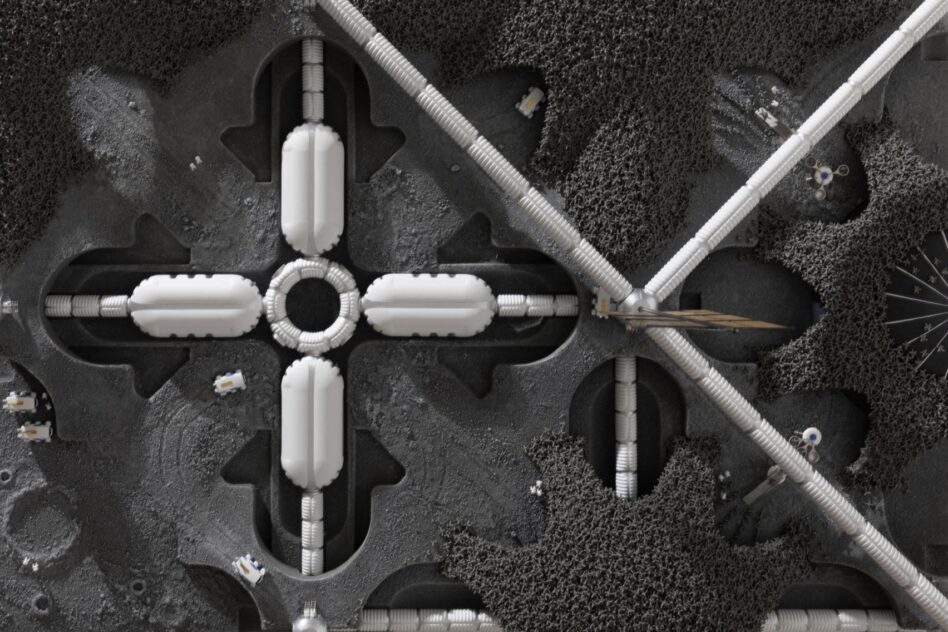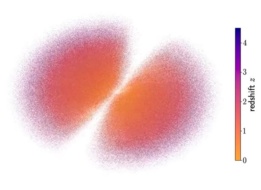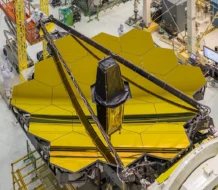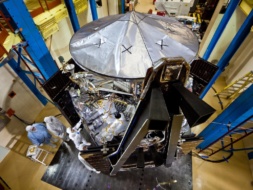To build lunar infrastructure that can support human life and stand the test of time is an engineering challenge for the ages, and it’s one that space agencies the world over are taking on with enthusiasm.
The European Space Agency (ESA) is the latest to unveil a plan for what a long-term structure on the Moon might look like. The agency partnered with an architectural firm, Hassell, to design a conceptual base that could meet the many, many technical constraints for a lunar construction site, including using the lunar regolith—i.e., the rock and dust that makes up the surface—to build.
“The moon is an extremely hostile place to live,” Hassell’s global head of design Xavier de Kestelier said on a press call. “With no atmosphere, humans need novel infrastructure to access water and oxygen whilst being subjected to high degrees of radiation…We need to start planning for how larger communities can not just survive, but also thrive and live on the moon.”
Moon rocks: There have been a few proposals over the years to 3D print structures on the lunar surface using lunar materials, including a strategy from Texas-based 3D printing firm ICON that’s working on a NASA contract for a similar project. The in-situ approach cuts out the exorbitant cost of sending building materials to the Moon from Earth and ensures you never run out of stuff to build with.
It’s also not easy, to say the least. Turning the loose rock into a buildable substance takes new innovation in materials engineering. Hassell’s approach for ESA would use a combo of lightweight Earth materials and 3D-printed local materials to construct a habitat.
Blowing up: The habitat design is also essentially inflatable. Hassell conceptualized a mini Moon city of blow-up pods that are already being tested in another form on the ISS. The inflatable pod approach makes it much easier to adjust the architecture for expansion over time, and it’s also lightweight enough that it can be brought in bulk to the Moon from Earth.
What’s next? This design is a concept study, but it begins to get at the big questions of what it would take to build a long-term, adaptable lunar habitat, and imagines what that might actually look like and feel like to humans living and working there. It’s a long road before something like this is actually built.




